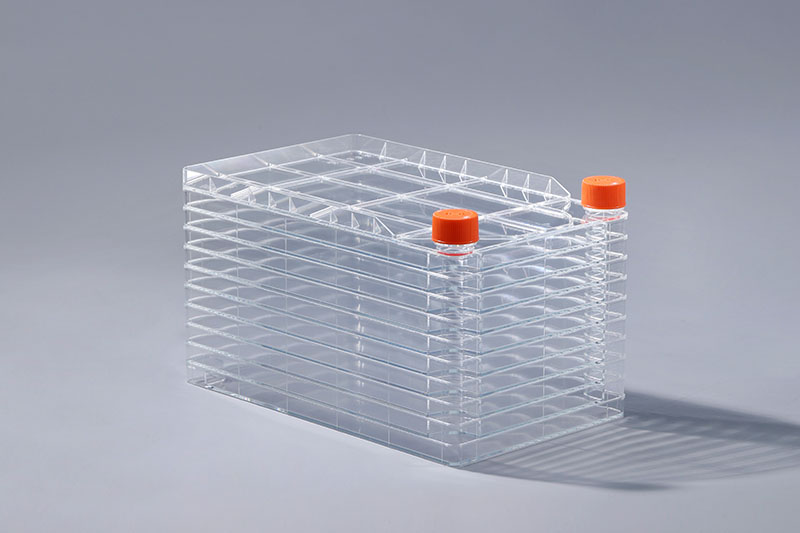Mycoplasma 오염은 cell factory에서 세포를 배양할 때 매우 흔한 문제입니다. 마이코플라즈마에 오염된 세포는 다른 오염과 달리 일반적으로 탁해지지 않아 육안으로 판단하기 어렵다. 세포가 마이코플라스마로 오염되었는지 여부를 확인하는 네 가지 방법이 있습니다:
1. DNA형광염색
DNA형광염색법은 형광염료 Hoechst33258이 mycoplasma의 DNA에 있는 AT base-rich region에 결합할 수 있다는 원리에 기초합니다. 형광 점은 AT base region이 풍부한 mycoplasma DNA입니다.
2. PCR 기술
Mycoplasma 게놈에 보존된 염기서열에 따라 특정 프라이머를 설계하고, 검사 대상 시료의 핵산을 증폭하고, 증폭된 산물의 크기를 분석하여 진단합니다. PCR 검출 기술은 마이코플라즈마 오염 검출에 사용되며 주기가 짧고 감도가 높으며 특이성이 좋고 조작이 간단하며 한 번에 많은 수의 샘플을 검출할 수 있습니다.
3. ELISA(Enzyme-linked immunosorbent assay)
ELISA는 특이성과 감도가 좋은 마이코플라즈마 오염 검출에 사용되며 한 번에 많은 수의 샘플을 검출할 수 있습니다. 그것은 간단하고 신속하며 정량적 정성적 검출의 특성을 가지고 있습니다.
4. 전자현미경
일반적으로 세포공장의 세포는 48~72시간 동안 배양됩니다. 세포가 거의 융합되기 전에 세포를 트립신으로 소화하여 세포 현탁액을 만들고 고정하고 포매한 후 슬라이스한 후 관찰합니다.
위는 세포 공장에서 마이코플라스마 오염을 검출할 때 일반적으로 사용되는 4가지 검출 방법입니다. 현재 세포를 오염시키는 것으로 알려진 마이코플라즈마의 종류는 20종 이상이며 그 중 95% 이상이 구강 마이코플라즈마이므로 작업자는 세포를 배양할 때 무균 작업에 주의해야 합니다.
The FAI climbed 5.9 percent year-on-year in the first 11 months of 2018, quickening from the 5.7-percent growth in Jan-Oct, the National Bureau of Statistics (NBS) said Friday in an online statement.
The key indicator of investment, dubbed a major growth driver, hit the bottom in August and has since started to rebound steadily.
In the face of emerging economic challenges home and abroad, China has stepped up efforts to stabilize investment, in particular rolling out measures to motivate private investors and channel funds into infrastructure.
Friday's data showed private investment, accounting for more than 60 percent of the total FAI, expanded by a brisk 8.7 percent.
NBS spokesperson Mao Shengyong said funds into weak economic links registered rapid increases as investment in environmental protection and agriculture jumped 42 percent and 12.5 percent respectively, much faster than the average.
In breakdown, investment in high-tech and equipment manufacturing remained vigorous with 16.1-percent and 11.6-percent increases respectively in the first 11 months. Infrastructure investment gained 3.7 percent, staying flat. Investment in property development rose 9.7 percent, also unchanged.
 English
English



















































